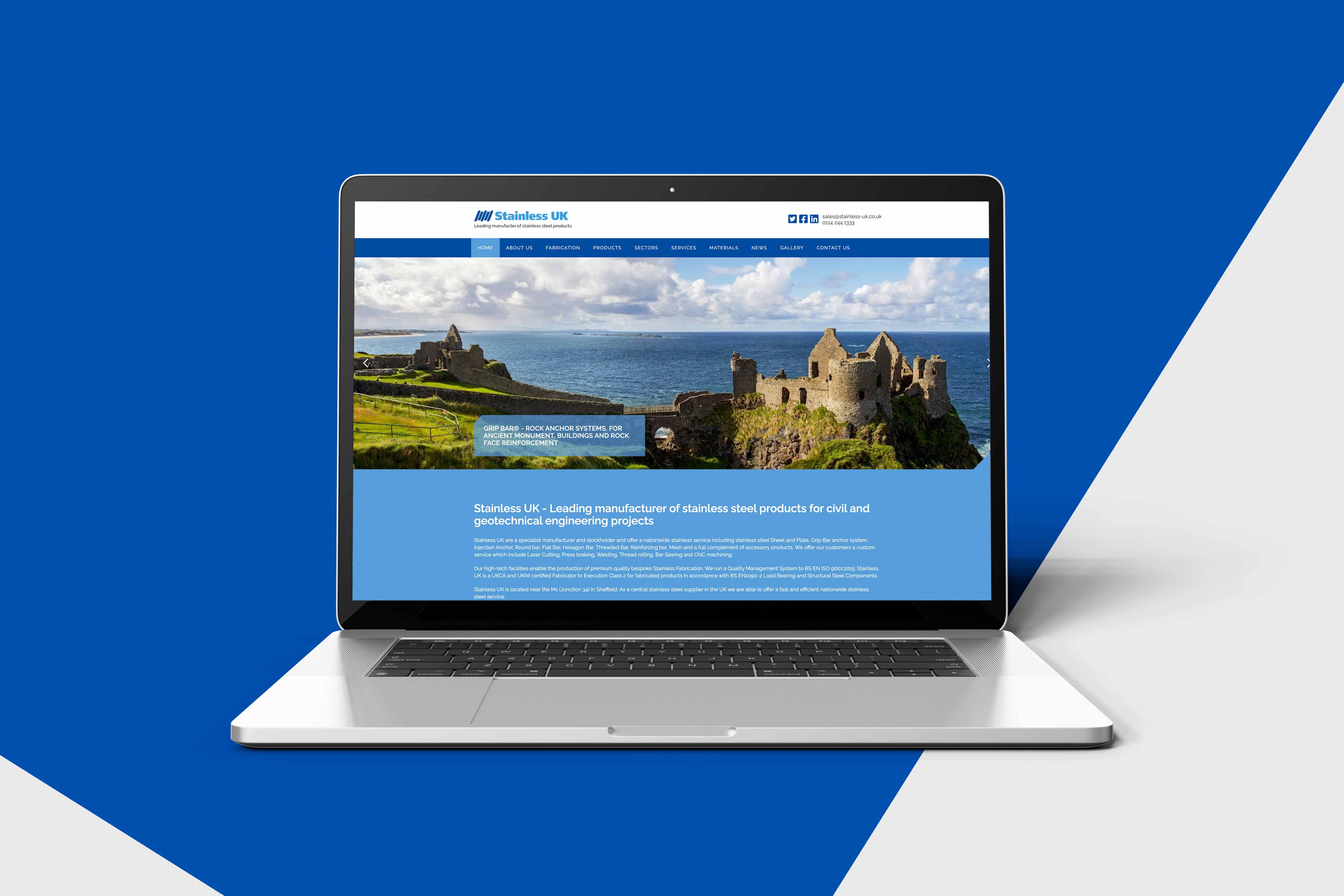
Five Reasons Why You Should Have a Website
The COVID-19 pandemic is affecting all businesses around the...
20/06/2021
Ben Nailor
Web design is a complex art that can take designers years, if not decades, to get a solid grip of. However, you can achieve ninety percent of what an expert can by simply understanding a set of core principles that every website — no matter what the industry or market — should follow.
What puts you in an even better position is that a lot of websites, even the ones designed by experts, don’t pay them any heed. They skip straight to the fancy effects and features and overlook the basics, suffering tremendously as a result but being none the wiser as to why.
With that in mind, here are five essential web design tips that if you stick to like law, will ensure you design a highly professional and effective homepage.
Minimalism is a newish trend, but it’s also now one of the most essential web design tips as the web is just so full of clutter and information that users are only going to want less and less.
Where people go wrong with minimalism, though, is going too basic and not upholding quality design. Minimal doesn’t mean a free theme with loo little words and elements to know what your website is all about; it’s about providing your audience with exactly what it needs in as concise a way as possible. You can go a long way to achieve this effect on your own, but hiring a designer to create custom graphics and fonts is a good way to ensure you do it well.
You can say a lot through structure and the way in which you lay out information. And nowhere is this principle more important than on your homepage — where most your visitors and customers will arrive at first.
You can use colour, contrast, size, and spacing to establish a clear visual hierarchy on your homepage. One popular method is strips — such full screen horizontal bands offer users information in clear, digestible chunks, and naturally encourage them to keep on scrolling.
A homepage with a solid and easy to use navigation not only makes your website much easier to use, but crucially also helps search engines index your content.
It doesn’t have to be full of links and submenus; rather, the simpler the better. Link your logo to your homepage, structure your menu according to the importance of each section, and even offer some vertical navigation within a page using anchor links.
It’s all well and good designing a homepage that looks great on desktop, but as most users now access the web via smartphone and tablets, it’s an even more essential web design tip to make it fully responsive for mobile.
Luckily, no longer do you have to design two separate sites. Using WordPress, along with a mobile-savvy web designer, you can make one website that looks great across all devices. If you’re looking to create custom and tailored experiences, though, you may want to create two homepage designs that are specially suited for desktop and smartphones.
Using colour is an essential web design tip that’s too often misunderstood. This can have huge consequences on your homepage’s performance as colour taps into everything from emotion and preferences to innate drives and memory.
Your homepage and website should follow a well defined colour scheme that has been chosen in alignment with your brand and market. For instance, blues are a good choice for social services, law firms, and healthcare, greens for the environmental sector and businesses relating to growth, and purples can work for more feminine and luxury brands.
With that in mind, you can design a highly professional homepage by simply sticking to these five essential web design tips.